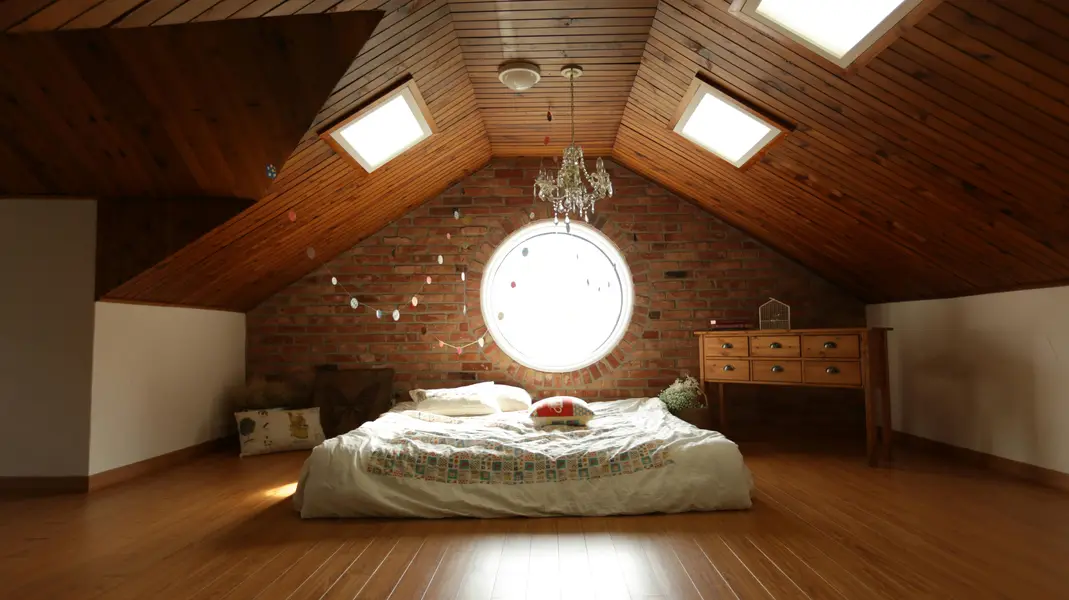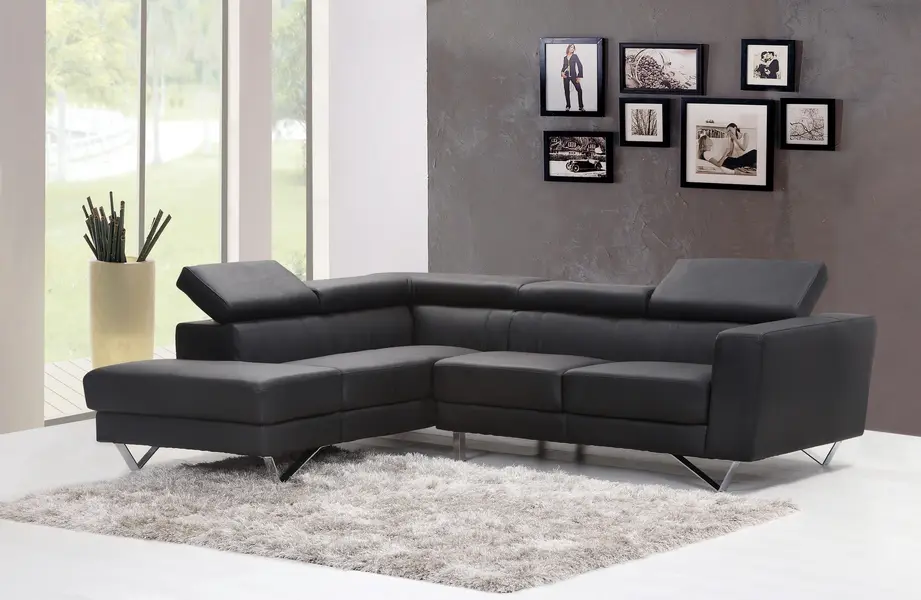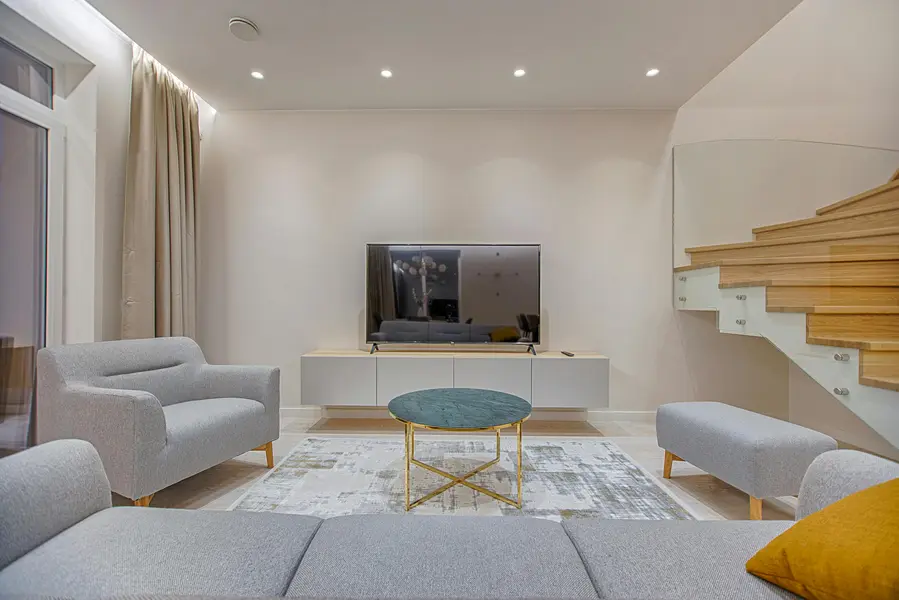
Designing for Small Spaces: Maximizing Style and Functionality
Living in a small space doesn’t mean sacrificing style or functionality. In fact, with the right design approach, small spaces can feel cozy, inviting, and surprisingly spacious. Let’s explore some tips and tricks for making the most of every square inch in your home.
1. Embrace Minimalism
In small spaces, less is often more. Embrace a minimalist aesthetic by decluttering and prioritizing essential items. Choose multi-functional furniture pieces with clean lines and slim profiles to maximize space without sacrificing style.
2. Think Vertically
When floor space is limited, look up! Utilize vertical wall space for storage by installing shelves, cabinets, or floating wall units. This not only frees up valuable floor space but also draws the eye upward, creating the illusion of height and openness.
3. Optimize Furniture Arrangement
Strategic furniture placement is key to maximizing flow and functionality in a small space. Consider the scale of your furniture and experiment with different arrangements to find the most efficient layout. Floating furniture away from walls can create a sense of openness, while strategically placing rugs can define separate zones within a multi-functional space.
4. Harness the Power of Mirrors:
Mirrors are a small space’s best friend. They reflect light and create the illusion of depth, making rooms appear larger and more airy. Consider incorporating mirrors into your decor through wall-mounted mirrors, mirrored furniture, or mirrored backsplashes to amplify natural light and visually expand your space.
5. Opt for Light Colors:
Light, neutral colors such as white, cream, and soft pastels are ideal for small spaces as they reflect light and create a sense of airiness. Consider painting walls, ceilings, and trim in light hues to visually enlarge the space and make it feel more open and inviting.
6. Maximize Natural Light:
Natural light is a small space’s best friend, so make the most of it! Keep window treatments minimal to allow ample light to flood in, and avoid blocking windows with bulky furniture or decor. If privacy is a concern, opt for sheer curtains or blinds that filter light while maintaining visibility.
7. Get Creative with Storage:
In small spaces, every inch counts when it comes to storage. Get creative with storage solutions by utilizing under-bed storage, incorporating built-in shelving or cabinetry, and investing in multi-functional furniture with hidden storage compartments. Look for opportunities to maximize vertical space with tall bookcases or wall-mounted organizers.
Conclusion
Living in a small space presents unique challenges, but with a little creativity and ingenuity, it’s possible to create a stylish and functional home that feels spacious and inviting. By embracing minimalism, thinking vertically, optimizing furniture arrangement, and harnessing the power of light and color, you can transform even the smallest of spaces into a sanctuary that reflects your personality and lifestyle.




Recent Comments